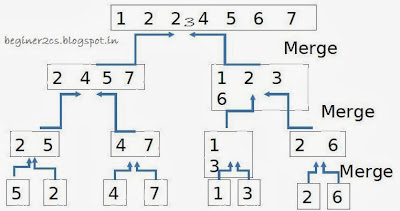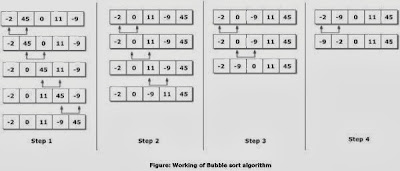This time we are going to discuss simple recursion .
what is recursion : It is simply a solving technique to solve function which uses its previous volue.
example : Xn = Xn-1 + 2.
It is very basic example.we can use this technique in computer science to solve such type of problem very effectivelly . example traversal of tree, find factorial etc.
what is recursion : It is simply a solving technique to solve function which uses its previous volue.
example : Xn = Xn-1 + 2.
 |
| recursion |
It is very basic example.we can use this technique in computer science to solve such type of problem very effectivelly . example traversal of tree, find factorial etc.










